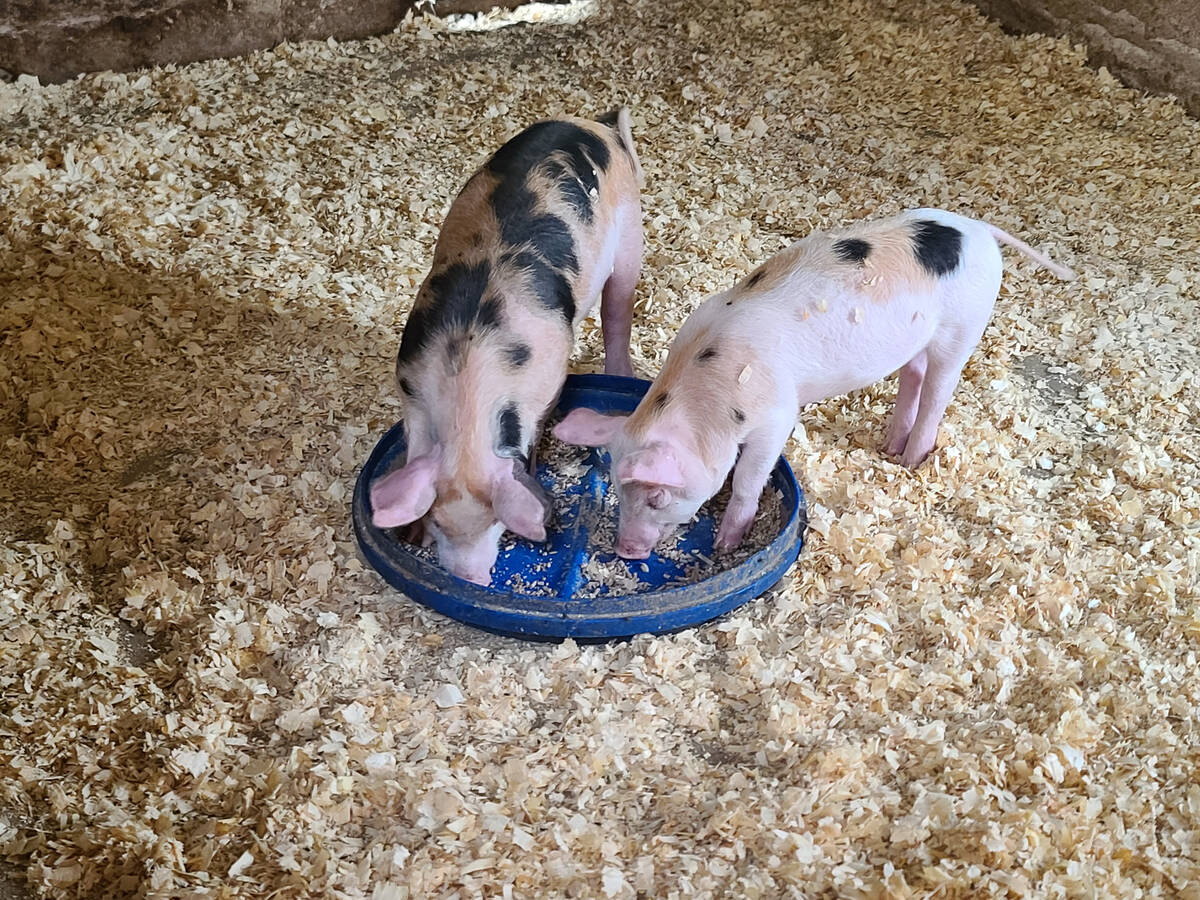A blog posting on the Natural Resources Defense Council website, summarizes why environmental groups distrust pesticide registration approvals.
The blogger, Jennifer Sass, said the process lacks credibility because the United States Environmental Protection Agency reviews data provided by the crop protection industry.
She calls the safety data is “restrictive”, “biased” and often “outdated” because the practices that generated the data is based on “industry science.”
It’s also a common skepticism expressed in the comments sections beneath news stories on many media websites.
Following a recent World Health Organization decision to classify glyphosate as probably carcinogenic to humans, the conflicting views once again were thrust into the spotlight.
Read Also

African swine fever risk tightens feed ingredient trade rules with Taiwan
Plant-based ingredients bound for Canadian livestock feed will have stricter trade rules if the shipments come from Taiwan, following Canadian Food Inspection Agency changes
The decision contradicts findings from many regulatory agencies around the world, which have consistently concluded that glyphosate, the active ingredient in Roundup and the world’s most popular herbicide, isn’t a risk to human health.
Keith Solomon, a University of Guelph toxicologist who has expressed reservations about the WHO decision, said corporations conduct the safety testing because it saves taxpayers money.
“The idea here is that the companies who make the profits – not the taxpayers – should be paying to test the products,” Solomon said to Northern Woodlands magazine. “This is the same framework that’s used in pharmaceutical testing because it provides a dependable funding source for the testing.”
Health Canada’s Pest Management Regulatory Agency (PMRA), which oversees pesticide registrations in Canada, says several safeguards are in place to ensure that companies provide trustworthy data on the human health and environmental affects of a pesticide.
” The studies… must be conducted in compliance with internationally accepted study protocols and Good Laboratory Practice (GLP). In addition, the laboratories are subject to independent audits to ensure their reliability,” says a statement on the PMRA website.
What is good laboratory practice?
• The Organization for Economic Co-operation and Development (OECD) developed Good Laboratory Practice (GLP) standards to manage health and environmental safety studies for chemical substances.
• OECD countries recognize and accept studies that adhere to GLP requirements
• In Canada, the Standards Council of Canada administers the requirements for GLP
James Bus, senior managing scientist for toxicology and mechanistic biology with Exponent, a U.S. scientific consulting firm, said the audits that review testing procedures are stringent.
“Having spent a good portion of my career in an industry GLP testing facility (The Dow Chemical Company), I can state it was common practice for EPA to conduct un-announced inspections of the lab. A key part of those inspections is a request by the agency to review the study records of a randomly selected study,” he said in an email. “If GLP deviations are found the inspectors have the prerogative to shut the facility down…. Very severe violations can also result in civil or even criminal actions against the lab and its technical leaders.”
Bus said GLP studies on pesticide safety are often several hundred pages long.
“They are required to present all data collected on individual animals and a detailed history of key operating lab and experimental conditions during the test,” he said. “Interestingly, studies coming from university-based research generally do not operate under GLP due the added administrative and logistic cost burdens with operating in this system.”
In addition to the GLP standards, corporations applying for a pesticide registration don’t control the process. Bus said regulatory agencies decide what experiments are required to support a registration.
“There are well over 100 required tests, costing approximately $10 million and multiple years to complete,” he said. “Industry does not have a choice in what tests to conduct; the test plans are proscribed by the regulatory agencies.”
Pesticide registration critics say the process isn’t transparent because the company-generated data and related studies are not published.
Bus said there is good reason for that.
“If they were fully public, other companies could ultimately use those studies (costing millions of dollars to complete) to establish competing registrations once patent-protections have expired.”
Contact robert.arnason@producer.com















